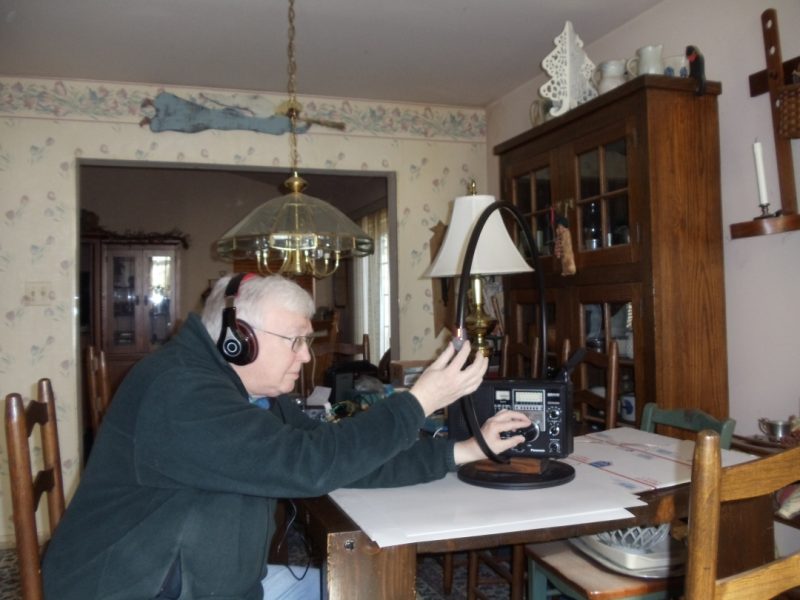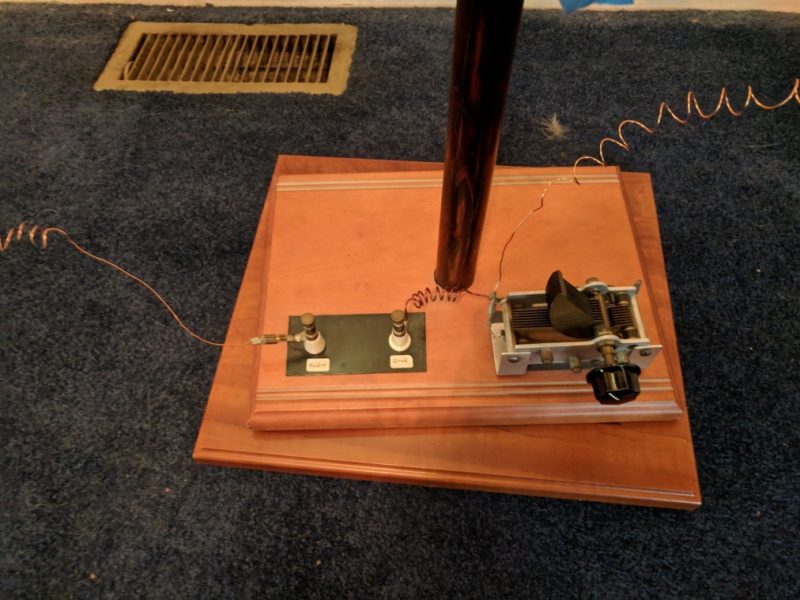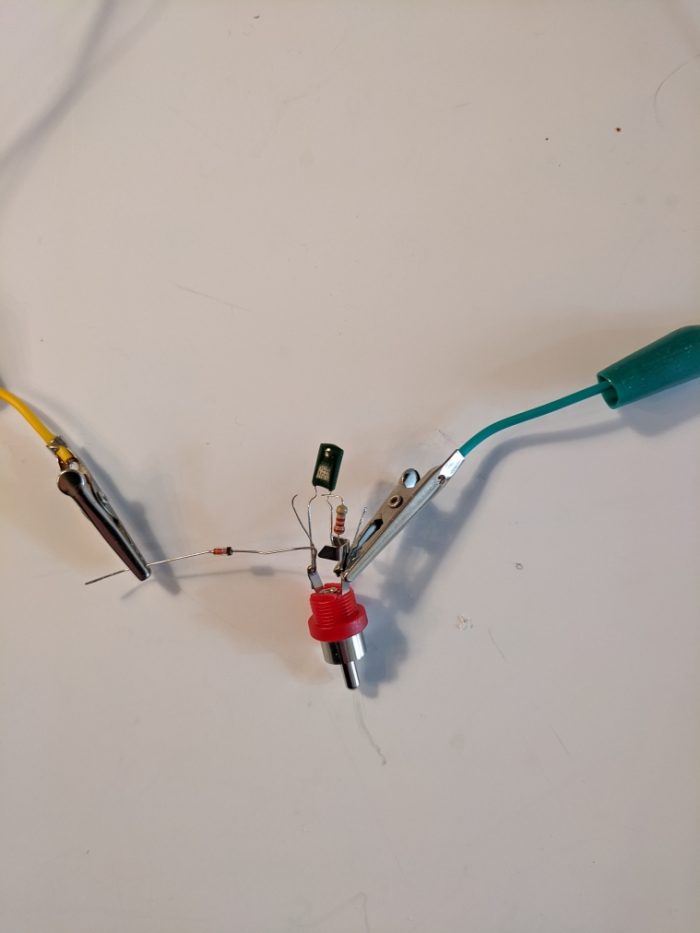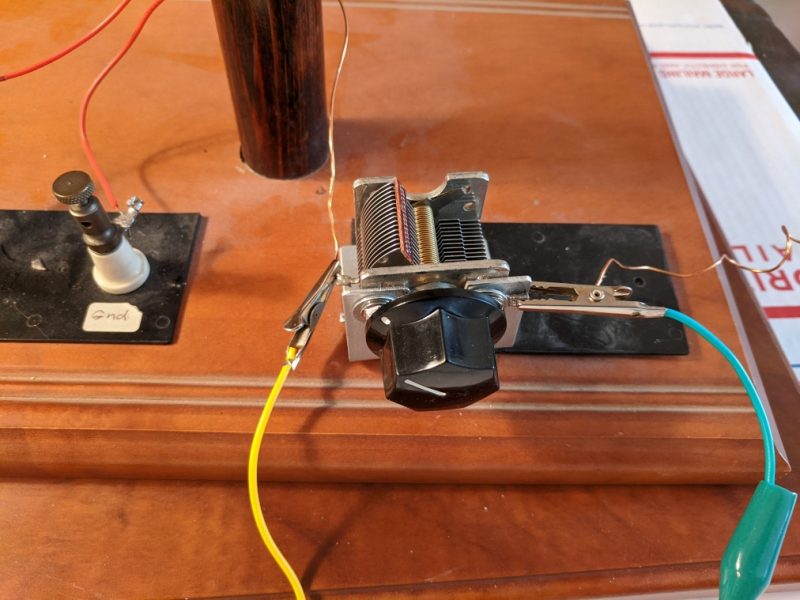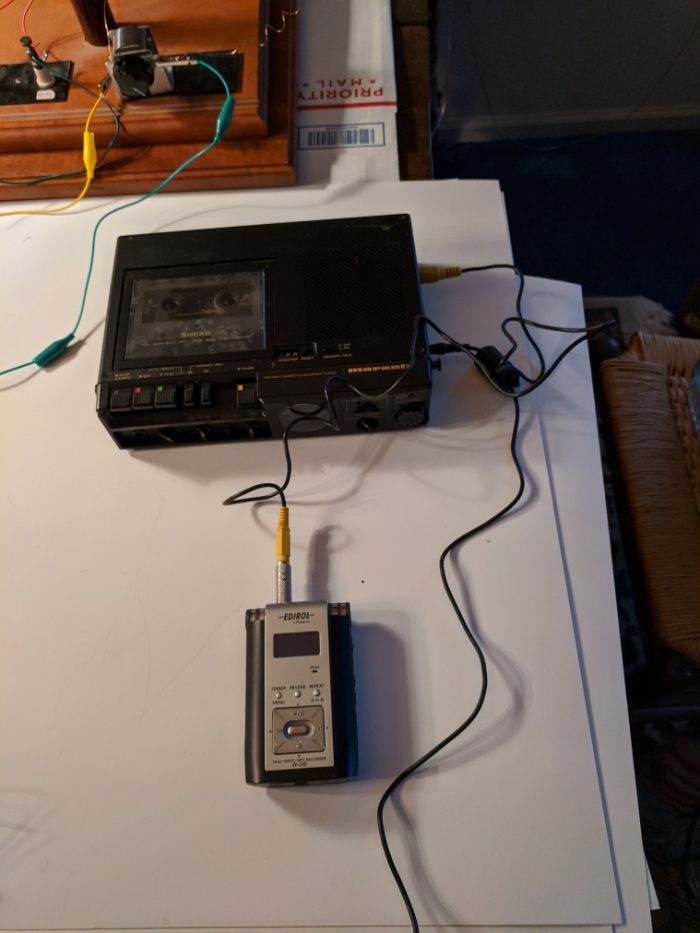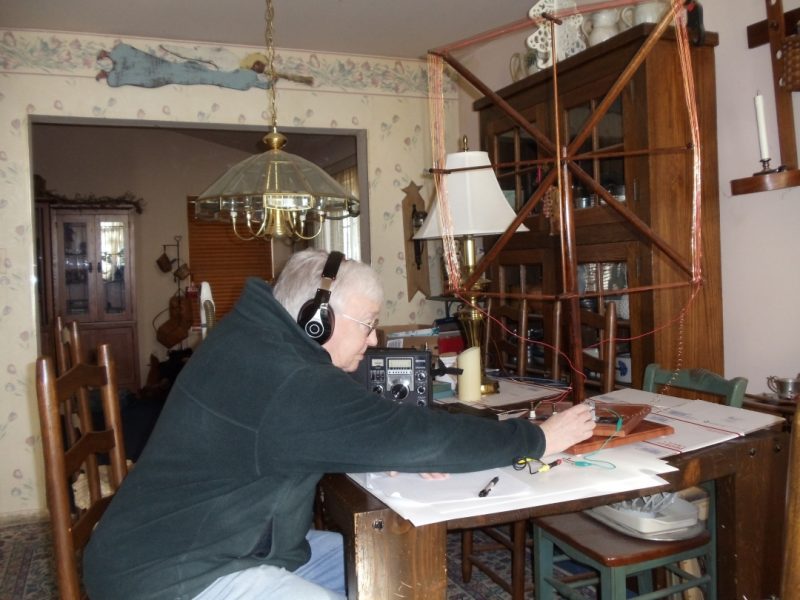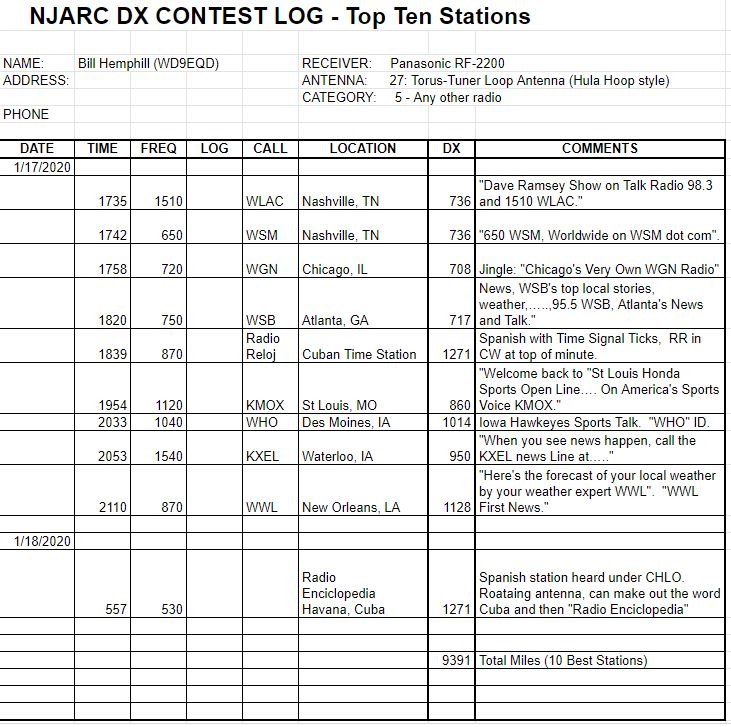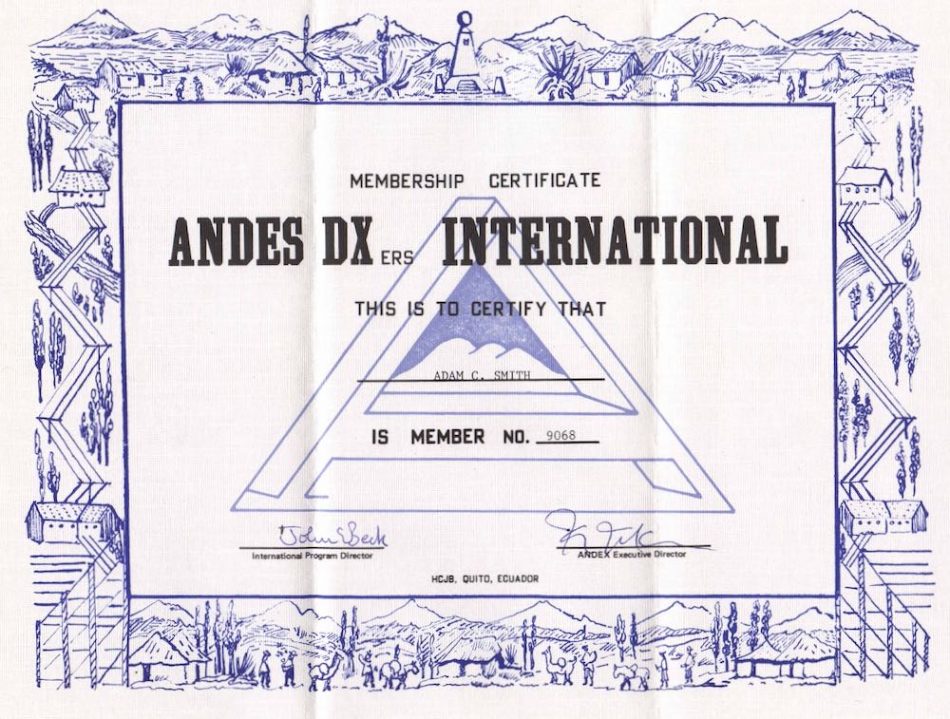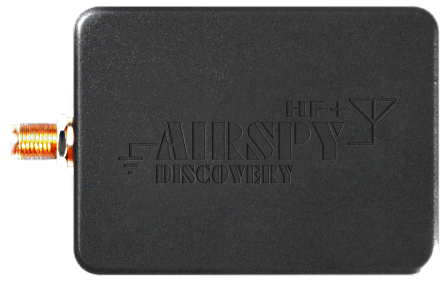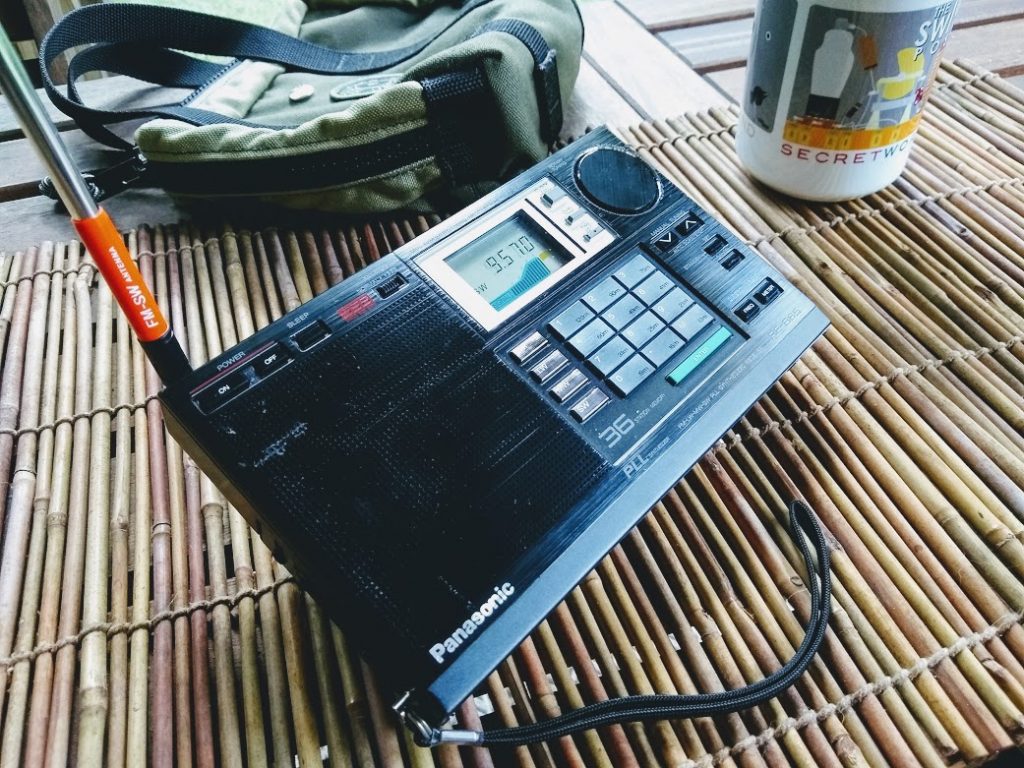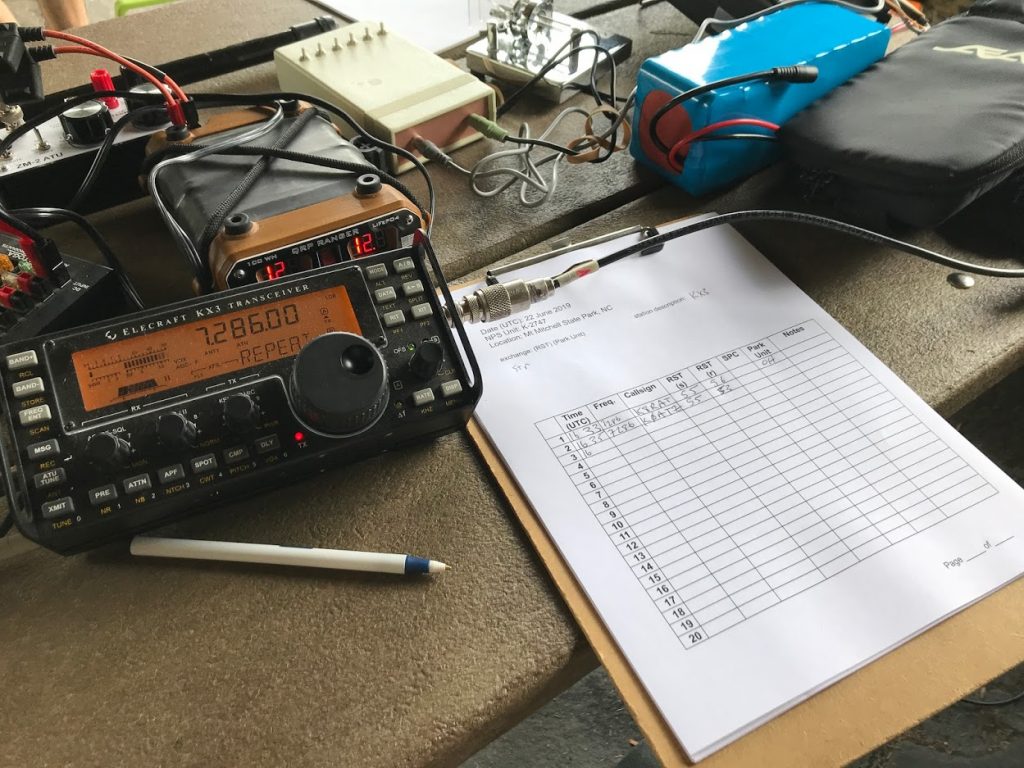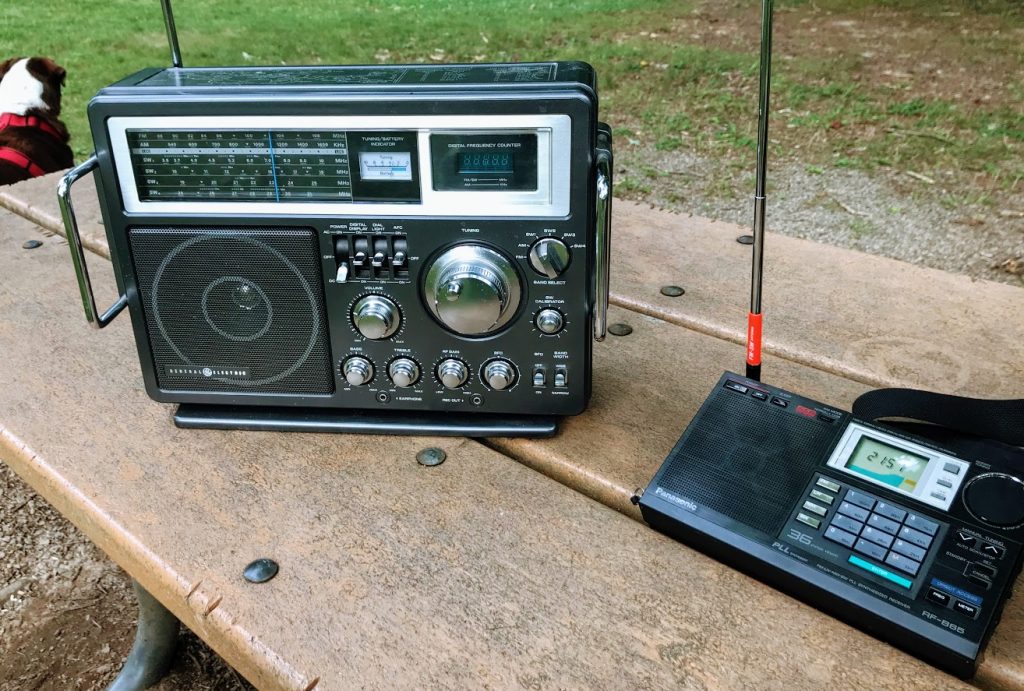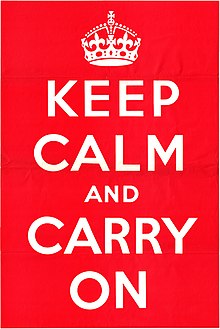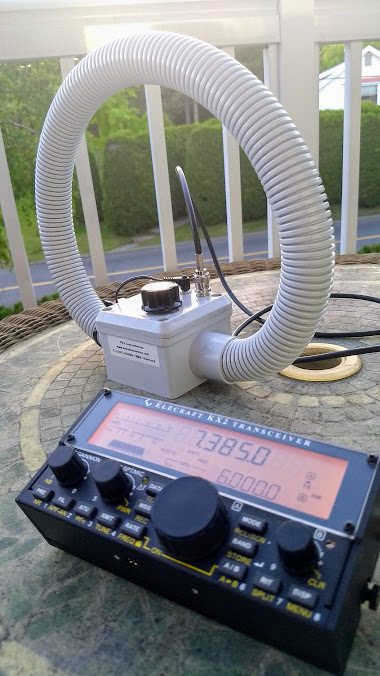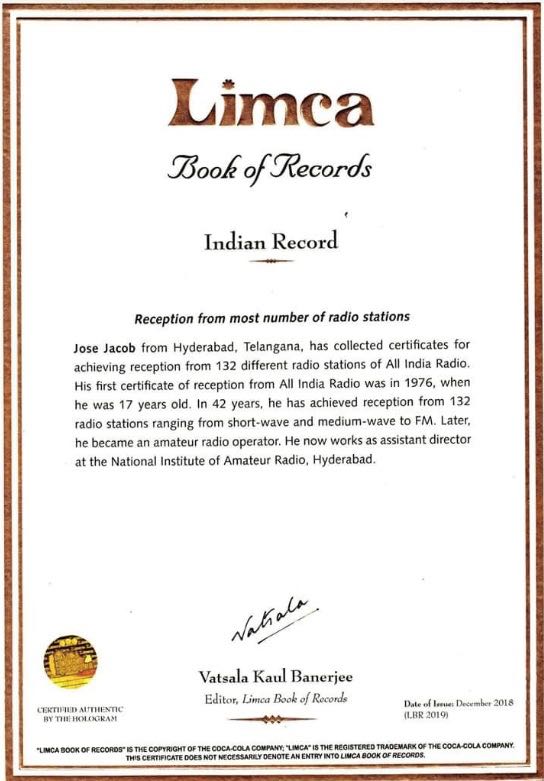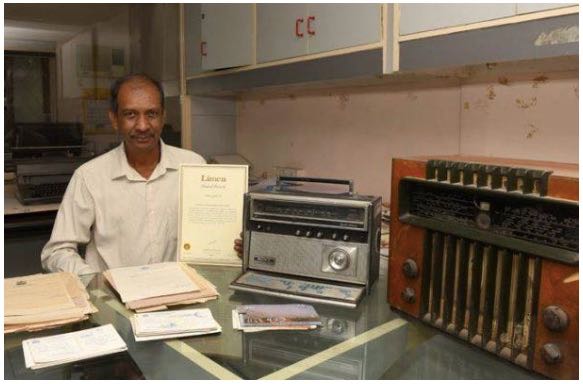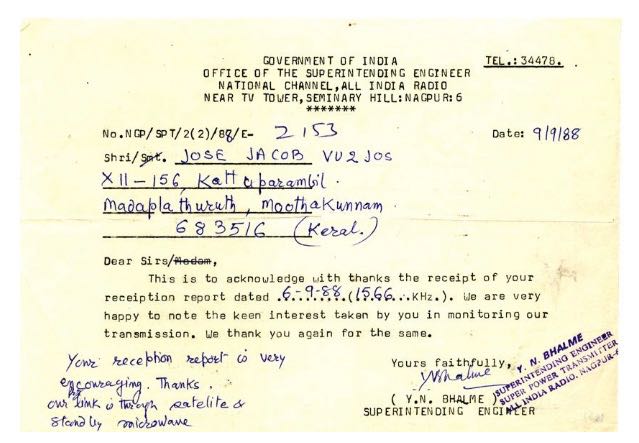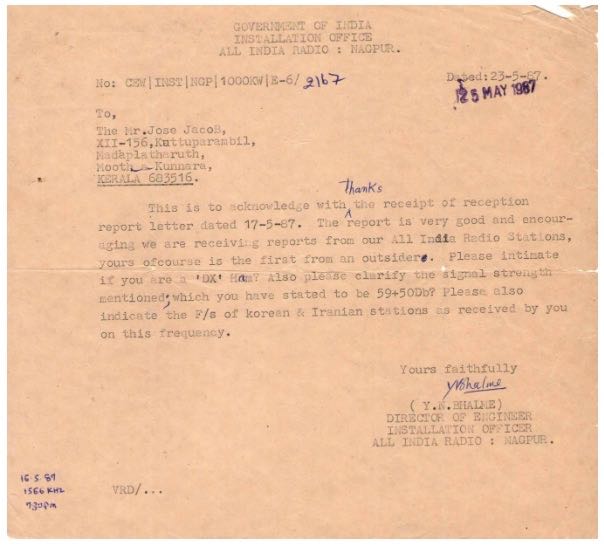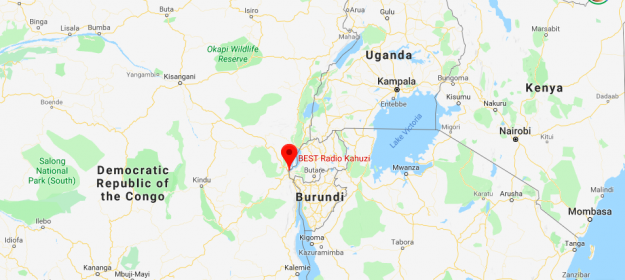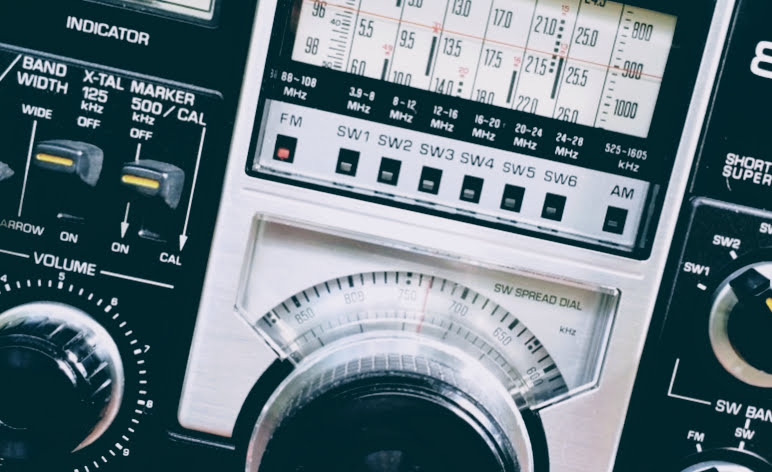 Many thanks to SWLing Post contributor, Bill Hemphill (WD9EQD), who shares the following guest post:
Many thanks to SWLing Post contributor, Bill Hemphill (WD9EQD), who shares the following guest post:
My First DX Contest
by Bill Hemphill, WD9EQD
Being a recent new member of NJARC, this is my first time competing in this contest. I have always been a big fan of BCB DXing and have recently got back into it – especially with the amateur radio bands being in such poor conditions. The acquisition of a couple of Loop antennas plus two Panasonic RF-2200 radios have just enhanced my enjoyment.
For the contest, I used two completely different radios. First was the RF-2200 and second was a spur of the moment creation.
The RF-2200 was its usual good performer. While the RF-2200 has a beautiful built-in rotating bar antenna, I enhanced it with the 27” Torus-Tuner Loop Antenna as made by K3FDY, Edmund Wawzinski. I think I had picked this antenna up at one of NJARC’s swap meets. So I wish to thank whoever it was that was nice enough to bring it and sell it at the meet. I have really enjoyed using it. With this setup, I was hoping that I might be able to pull in Denver, Salt Lake City and maybe even a Mexican station, but it was a complete bust on them. But I did have a nice surprise in receiving the Cuban station Radio Enciclopedia on 530 in addition to the usual Radio Reloj time signal station. Following is photo of it in operation:
Originally, I had thought that my second contest entry would be done with a 1962 Sony TR-910T three-band transistor radio. This radio has a fairly wide dial along with a second fine-tuning knob which would be a big help. I would have again used the 27” hula-hoop antenna.
But I made the nice mistake of running across Dave Schmarder’s Makearadio website:
Dave’s site is a wonderful resource for creating your own Crystal, Tube, and Solid State radios as well as Audio Amplifiers and Loop Antennas. While going down the rabbit hole of his site, I ran across his Loop Crystal Set, #19 Crystal Radio:
http://makearadio.com/crystal/19.php
What grabbed my attention was the wood frame loop antenna which is similar to one I had acquired a couple of years ago at a ham fest:
It was a really nicely constructed, nice swivel base.
I replaced the tuning capacitor with one that has a 6:1 ratio.
At this point I started thinking that I could create something similar with my loop.
I randomly grabbed a diode from my parts box. Not sure what the exact model is. (I later found out that it was an IN-34 which is what I was hoping it was.) Then quickly soldered the diode, a resistor and capacitor to a RCA plug:
I then proceeded to use some jumper cables and just clip it to the tuning capacitor on the antenna base:
The RCA plug was then the audio out (I hope) from the radio.
I quickly realized that I did not have a crystal headset or any headset that would reproduce any audio. So I used an old Marantz cassette recorder to act as an amplifier. Fed it into the mic jack and then tried to listen to the monitor out. Bingo – I could pick up or local station on 1340 really weak.
So I then fed the audio from the Marantz into a Edirol digital recorder. Now I was getting enough audio for the headphones plus could make a recording of the audio.
At last I was receiving some signals. To boost the audio some more I removed the resistor from the circuit.
I found out the I could only tune from about 530 to 1350. I probably needed to clip the lead on one of the loop turns, but I really wanted to see how it would do at night. I spent several hours and was just totally amazed at how well it performed and how good the audio was. The hardest part was when there were very strong signals on the adjacent frequency. What I found really interesting was that it was not linear in its tuning. At the low end of the band the stations were more spread out than at the higher end. This made tuning fairy easy at the low end and very touchy at the high end. I was able to hear a couple of Chicago stations along with Atlanta and St. Louis.
Here’s photo of it in action:
I have created an audio file of the station ID’s heard with the diode/loop radio. The audio file is on the Internet Archive at:
https://archive.org/details/bcbstationidsondioderadio
I had a lot of fun in the contest and especially enjoyed trying something really different with the diode/loop radio. Now I have a whole year to try to think up something really creative for next year’s contest.
Absolutely brilliant, Bill! I’m so happy to see that your ham fest homebrew loop has served you so very well in a contest. I love how you pulled audio from your homebrew, make-shift diode radio as well–using your audio gear in a chain for amplification obviously worked very well.
Thanks so much for sharing your experience, Bill!

